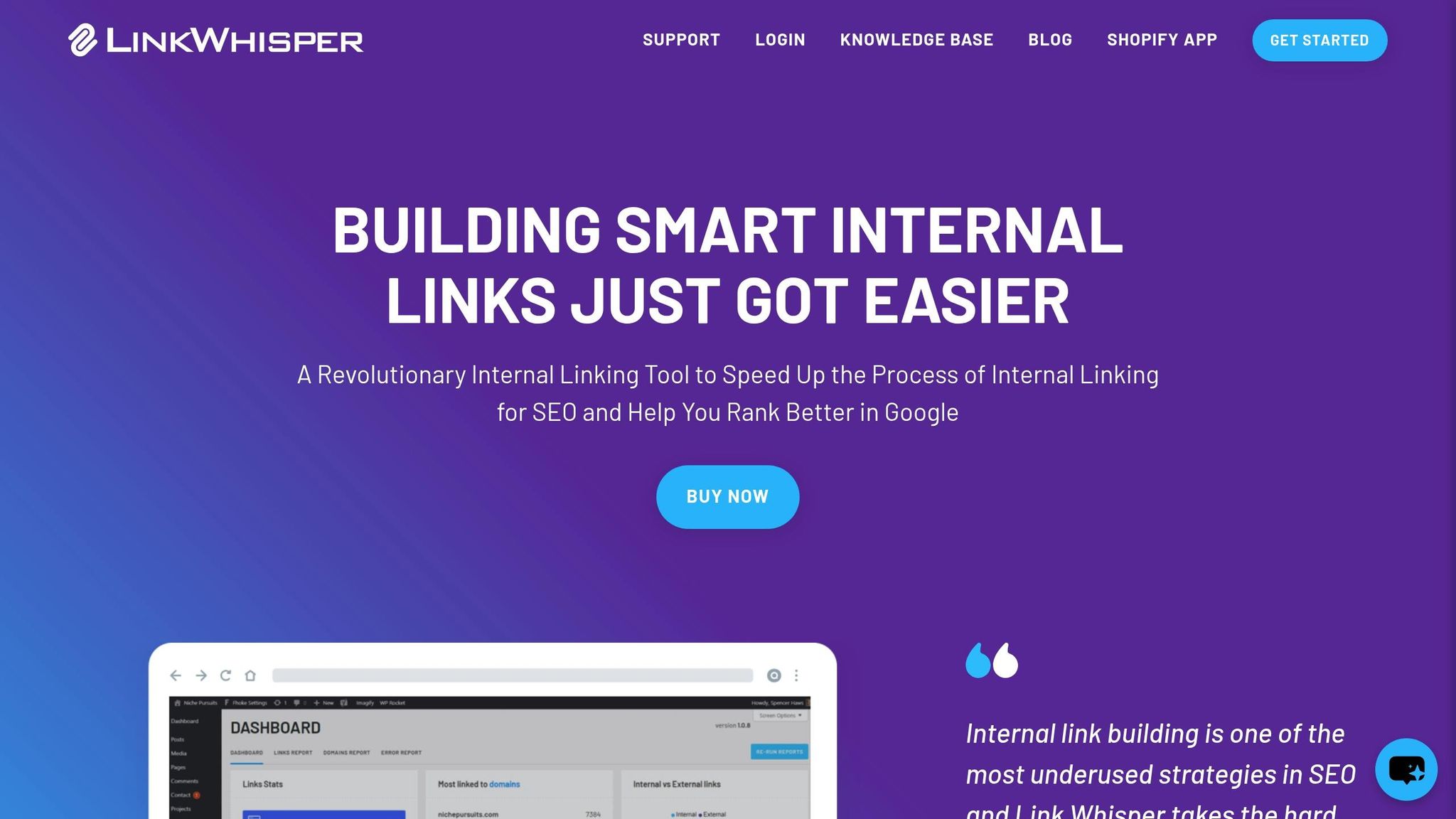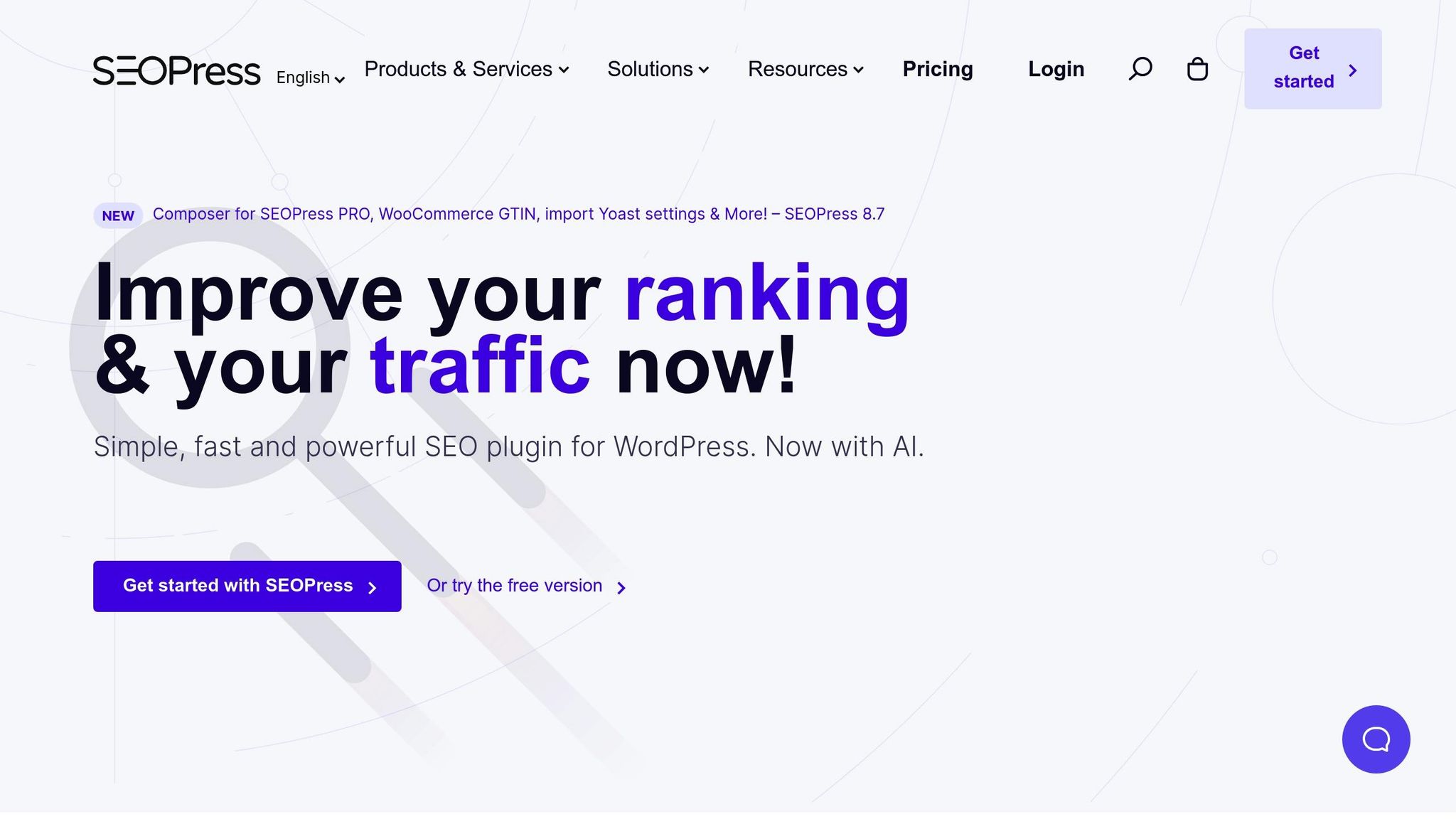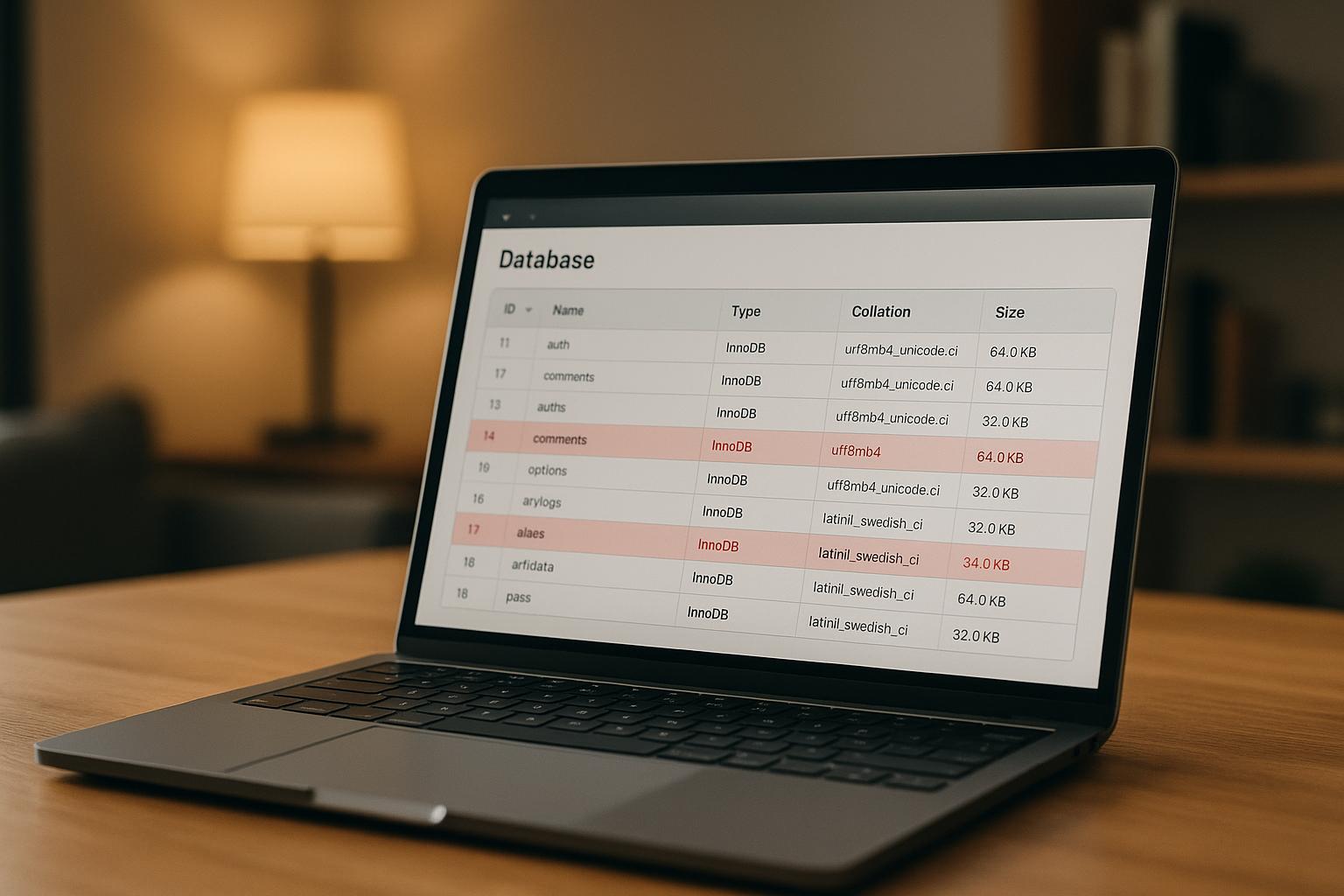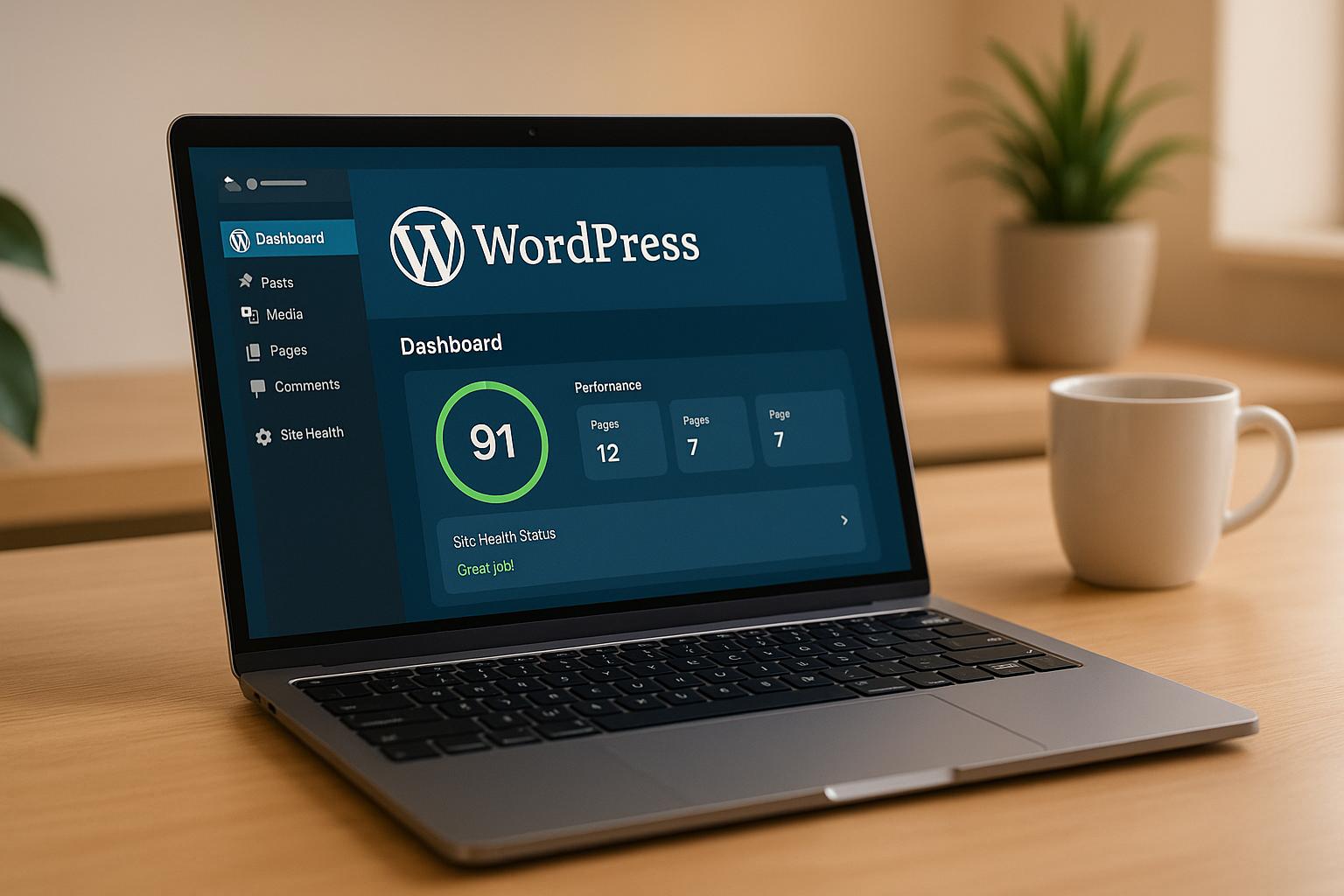Want to improve your site’s SEO and navigation? Internal linking plugins for WordPress make it easy to connect related content, boost rankings, and enhance user experience. Here’s a quick breakdown of 10 top plugins:
- Link Whisper: AI-powered link suggestions.
- Internal Link Juicer: Automates links with keyword triggers.
- Yoast SEO: Link suggestions in the post editor.
- Rank Math: Helps build topic clusters.
- SEOPress: Recommends links based on keywords.
- Internal Link Manager: Centralized link rule management.
- WP AutoLinker: Custom keyword-based links.
- Link Manager: Organizes and tracks internal links.
- Autolinks Manager: Bulk keyword automation for large sites.
- Simple Links: Lightweight, basic link management.
Quick Tip: Choose a plugin that fits your site’s size and performance needs. Test it in a staging environment, monitor performance, and align with your SEO goals.
Which is the Best Internal Linking Plugin For WordPress?
How to Choose Internal Linking Plugins
When selecting an internal linking plugin, keep these key factors in mind:
- Check Speed and Performance: Use tools like PageSpeed Insights to see how the plugin affects your site’s performance.
- Review Support and Compatibility: Look for active developers and responsive support in the WordPress.org forums.
- Ensure Regular Updates: Make sure the plugin receives frequent updates and security patches to stay reliable.
- Test Before Going Live: Use a backup or staging environment to identify potential conflicts before adding it to your live site.
Finally, consider how well the plugin’s auto-linking features align with your specific workflow needs.
Top 10 WordPress Internal Linking Plugins
These plugins offer various tools to simplify and improve internal linking. We’ve focused on options that prioritize speed, usability, and compatibility with U.S.-based WordPress setups.
Link Whisper

Link Whisper uses AI to analyze your content and suggest internal links through a user-friendly dashboard. This reduces the need for manual linking.
Internal Link Juicer
Internal Link Juicer automates link creation by using keyword triggers. You can control link counts and set exclusions for specific content.
Yoast SEO

Yoast SEO integrates link suggestions directly into the post editor, making it easier to connect related content while writing.
Rank Math

Rank Math helps you build topic clusters by suggesting links and allowing you to designate pillar content for better site organization.
SEOPress

SEOPress recommends internal links based on keyword relevance, helping maintain a logical and consistent site structure.
Internal Link Manager
Internal Link Manager offers centralized control, letting you manage link rules and anchor text from a single dashboard.
WP AutoLinker

WP AutoLinker simplifies internal linking by letting you set custom keyword rules that apply across your content.
Link Manager
Link Manager provides tools for organizing and tracking internal links, ensuring your site structure remains clear and effective.
Autolinks Manager
Autolinks Manager is designed for larger sites, offering bulk keyword automation to handle enterprise-level linking needs.
Simple Links
Simple Links is a lightweight plugin with basic tools for managing and categorizing links, making it a good choice for smaller websites.
sbb-itb-976b402
Plugin Features Comparison
Based on key factors like speed, support, compatibility, and automation, these ten plugins vary in features such as auto-linking (ranging from manual options to AI-powered tools), theme compatibility, performance impact, support quality, and pricing (from free versions to premium plans offering bulk editing and reporting).
Take a look at the table below for a detailed comparison. It’s always a good idea to test these plugins in your hosting environment to see how they perform.
Feature Comparison Table
This table highlights how each plugin measures up in terms of speed, support, updates, and auto-linking functionality.
Using Internal Linking Plugins Well
Once you’ve chosen and installed an internal linking plugin, here’s how to make the most of it.
Limit the Number of Links
Keep your content readable and SEO-friendly by avoiding excessive internal links. Stick to a manageable number of links per paragraph and avoid placing them in non-content areas like headers or featured sections. A balanced approach ensures each link serves a purpose and helps guide your readers effectively.
Monitor Plugin Performance
Keep an eye on how the plugin affects your site. Use tools like Google Search Console to track crawl stats and rankings, and tools like GTmetrix or PageSpeed Insights to check load times and Core Web Vitals. Regularly auditing your link distribution helps maintain an even spread across your site.
Align with Your SEO Strategy
Focus on directing more links to cornerstone pages – your most important content. Set anchor text rules and limit auto-linking to specific categories to create a clear topic structure. These tweaks ensure the plugin works in sync with your site’s navigation and SEO goals.
Conclusion
Choose a plugin that suits both your site’s size and your performance needs. For smaller websites, simple auto-linkers might do the trick. Larger sites with extensive content libraries will benefit from plugins offering advanced rules and detailed analytics. Test your selected plugin in a staging environment, keep an eye on load times and link placement, and ensure your anchor texts align with your SEO goals to improve navigation and search rankings.







